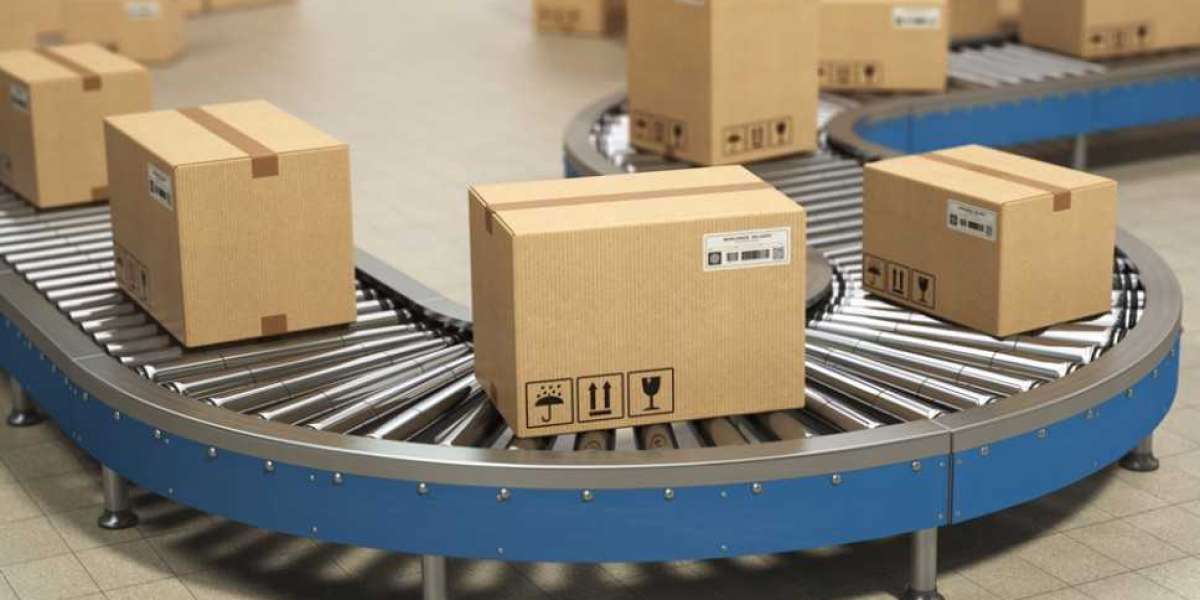Introduction
In the ever-evolving landscape of healthcare, technology continues to play a pivotal role in enhancing patient care, reducing medical errors, and streamlining clinical workflows. One of the essential tools in this journey is the Computerized Physician Order Entry (CPOE) system. This comprehensive system facilitates the electronic entry of medical prescriptions, diagnostic tests, and treatment plans, improving overall patient care and healthcare management. The CPOE market is experiencing robust growth as healthcare providers increasingly recognize the benefits of these systems.
Market Growth Drivers
1. Patient Safety and Medical Error Reduction: One of the primary drivers of the CPOE system market is the significant enhancement it offers in patient safety. By automating the prescription process and cross-referencing it with patient records and drug databases, CPOE systems significantly reduce the likelihood of medication errors, allergic reactions, and adverse drug interactions.
2. Streamlined Workflows: Efficiency and productivity are critical in healthcare. CPOE systems streamline the workflow for healthcare providers, reducing time spent on manual paperwork, ensuring faster access to critical patient information, and enabling quick decision-making. This is especially crucial in high-stress clinical settings.
3. Integration with EHR Systems: Electronic Health Record (EHR) systems have become a standard in healthcare. CPOE systems, when integrated with EHRs, provide a seamless information exchange, improving the quality of care by enabling the easy sharing of patient data among different healthcare providers.
4. Regulatory Compliance: The healthcare industry is subject to stringent regulatory requirements, such as the Health Information Technology for Economic and Clinical Health (HITECH) Act and the Meaningful Use program. CPOE systems aid healthcare providers in achieving and maintaining compliance, driving their adoption.
5. Growing Aging Population: As the global population ages, the demand for healthcare services increases. CPOE systems help healthcare institutions manage this increasing patient load efficiently, thereby driving the market's growth.
Market Challenges
While the CPOE market is thriving, it faces certain challenges:
1. Initial Costs: Implementing a CPOE system can be expensive, involving not just the software but also hardware and staff training. Smaller healthcare providers may face financial constraints in adopting these systems.
2. Resistance to Change: Healthcare professionals, especially older physicians, may resist transitioning from traditional paper-based processes to electronic systems. Overcoming this resistance and ensuring effective training is a significant challenge.
3. Interoperability Issues: Ensuring that CPOE systems seamlessly integrate with other healthcare IT systems, including EHRs and laboratory systems, can be complex. The lack of interoperability can hinder the full realization of CPOE system benefits.
Market Trends
1. Cloud-Based Solutions: The CPOE market is seeing a trend toward cloud-based solutions, making implementation more cost-effective and scalable. Cloud-based CPOE systems also facilitate remote access, which has become essential in a post-pandemic world.
2. Artificial Intelligence and Machine Learning Integration: AI and ML are being integrated into CPOE systems to provide intelligent decision support, improving clinical outcomes. These technologies assist in predicting potential adverse events and suggesting personalized treatment plans.
3. Mobile Accessibility: CPOE systems are increasingly being made accessible through mobile devices, allowing healthcare providers to manage patient orders and access information from anywhere, further enhancing efficiency and convenience.
Conclusion
The Computerized Physician Order Entry system market is poised for sustained growth due to its ability to enhance patient safety, streamline workflows, and promote regulatory compliance. Despite initial challenges, healthcare providers are recognizing the long-term benefits of these systems, leading to a steady increase in adoption. As the industry evolves, we can expect to see cloud-based solutions, AI integration, and improved mobile accessibility playing a more significant role in shaping the future of CPOE systems, ultimately improving patient care and healthcare management.







